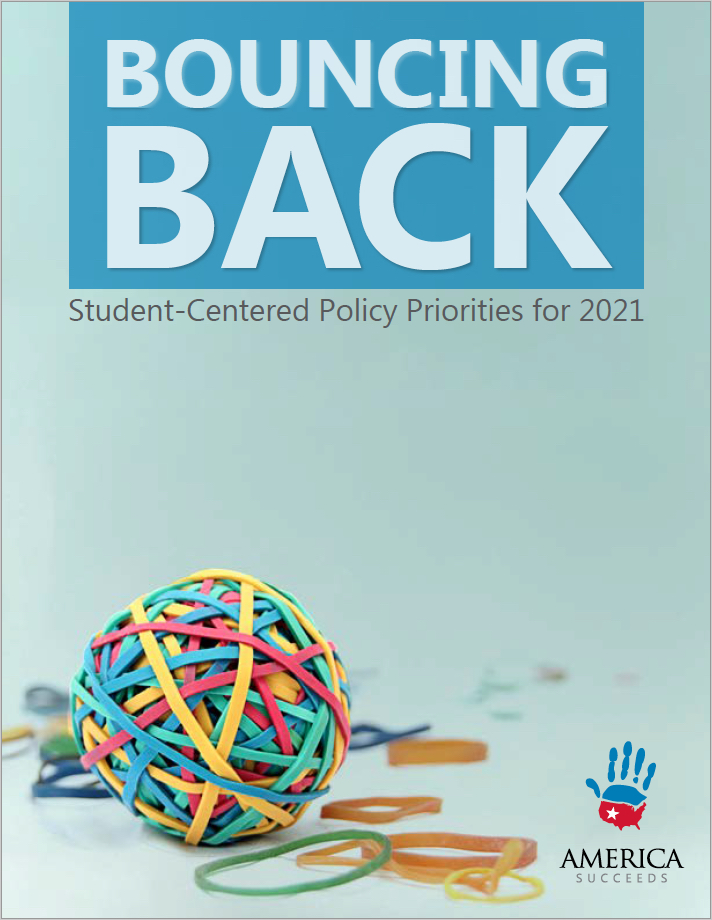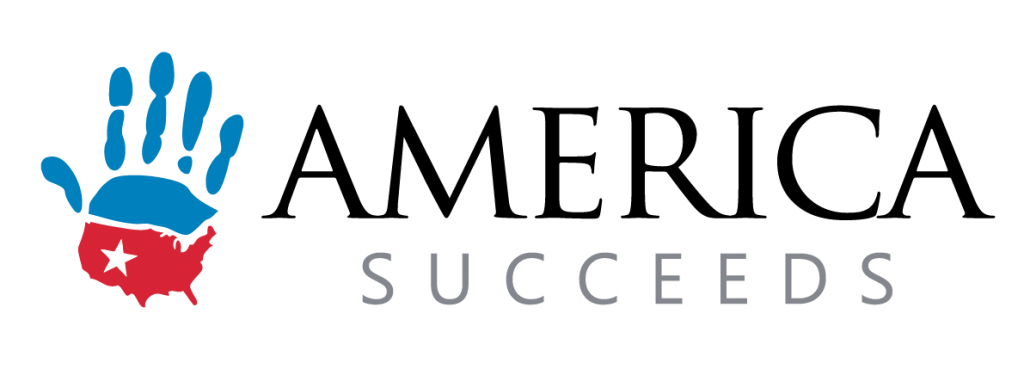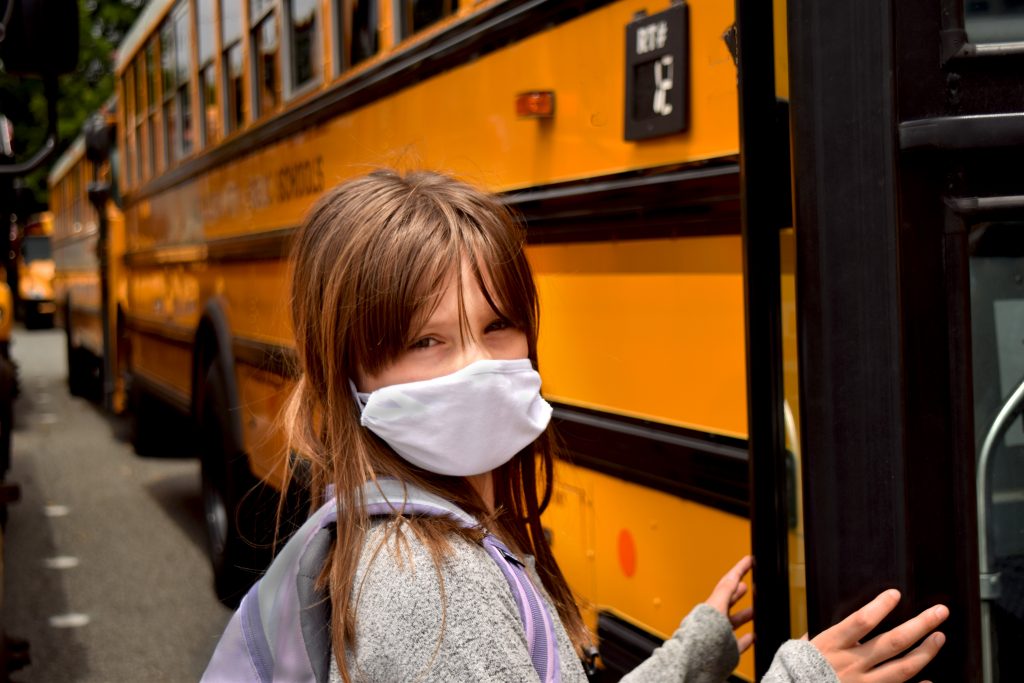There is a simple fact beneath all of the tension and competing factors influencing when students return to school, it’s still the most conducive learning environment. Our public education system isn’t only underprepared to deal with large-scale disruption or significant changes in technology or demands, but also unprepared to deal with disruptions in the ways of teaching and learning.
With severe learning loss, especially in students of color and those who have fewer resources at home, transitions from traditional in-person education to online, pod-based, and homeschool programs, and the interruption in assessment data, we won’t fully comprehend the effects of this epidemic for years to come. Without a coherent strategy, our education system will not be “back on track” anytime soon. Here, we examine a possible policy agenda for the advocacy community in 2021.

Now more than ever, we need to have a laser focus on increasing the ability of teachers to be effective and the strategic distribution of our most effective teachers. Teachers will be this nation’s only vaccine against learning loss.” – Kate Walsh, NCTQ



